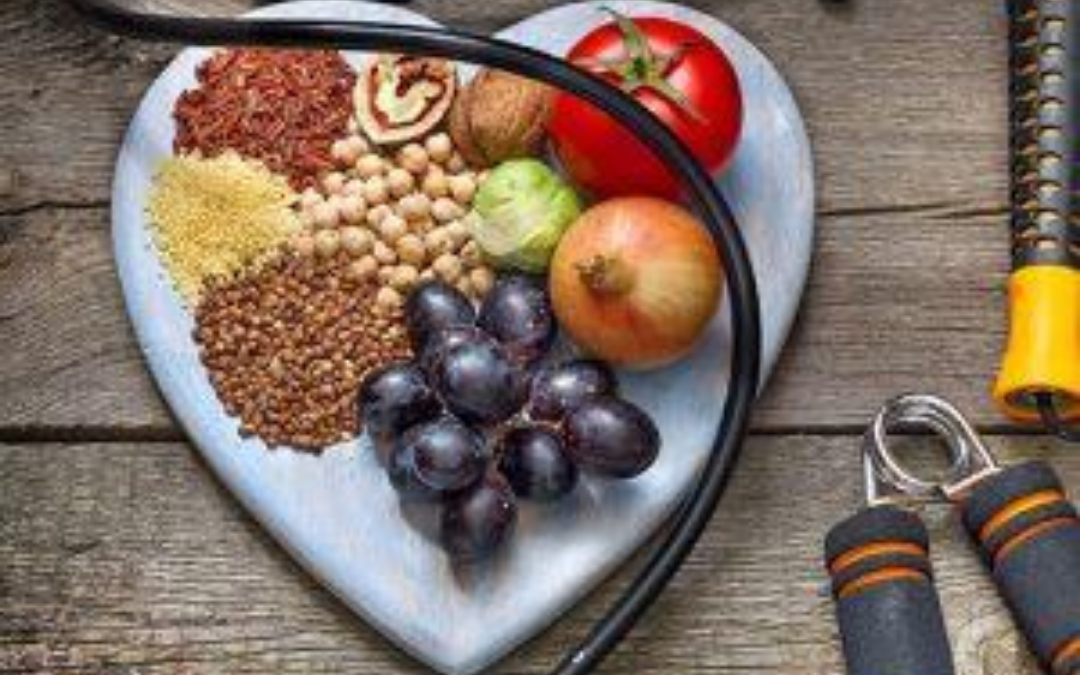The DASH Diet: Lowering Blood Pressure Using Diet

How Your Body Type Affects Your Fitness Goals
September 12, 2020
7 Simple Habits To Manage Cholesterol
September 14, 2020DASH diet, short for Dietary Approaches to Stop Hypertension, is one of the tools that you can use to manage your blood pressure. It is a lifelong way of eating designed to control or prevent high blood pressure. It requires you to cut back on foods that are high in cholesterol, trans-fat, and saturated fat, salt, sweets, red meats, and sugary drinks. You will eat more fruits, vegetables, whole-grain foods, nuts, poultry, legumes, and low-fat dairy.
You can lower your blood pressure by a few points within just two weeks. With consistency, you can drop your systolic (the top number) blood pressure by 8-14 points, which can make a massive difference in the state of your health. Also, the DASH diet has other benefits asides from lowering blood pressure. Because it is a healthy way of living, the DASH diet can also help to prevent other illnesses like diabetes, cancer, osteoporosis, stroke, and heart diseases.
READ ALSO: 10 Easy Tips To Help You Manage Diabetes
Foods To Eat On A DASH Diet
1. Green, leafy vegetables
Too much salt in your diet makes your body retain fluid. This, in turn, increases your volume of blood and the pressure they put on your arteries, making your blood pressure rise. Leafy greens are a rich source of potassium which can help flush out sodium from your body through your urine. With the excess sodium gone, the blood volume returns to normal, and the pressure on your blood vessels can reduce. Examples of leafy greens include kale, spinach, broccoli, and collards. The recommended daily serving for raw leafy greens is 3-6 cups.
2. Berries
Berries contain a pigment that gives them their distinct vibrant color. This pigment also produces a compound that is beneficial to your blood vessels called anthocyanin. Anthocyanin is a natural compound that can help widen the artery walls and make them more flexible, lowering your blood pressure. The recommended daily serving of berries is 2-3 cups.
3. Yogurt
Calcium is essential in your diet for optimal blood pressure because it helps the blood vessels dilate and constrict when they should. Yogurt is a good source of calcium. Plain, low-fat yogurt adds calcium to your diet without the additional bothers of fat or added sugar. The recommended daily serving of yogurt is 2-3 cups.
4. Fatty Fish
Fatty fish like sardines and mackerel are a good source of omega-3 fatty acids, a component important for heart health. Extensive research shows that fish oil supplements may lower your blood pressure, especially if it is moderate or severe. Additionally, bone-in fish like sardines or canned salmon is a good source of calcium. The recommended daily serving of fish is 3-6 ounces.
5. Beet
Cooked beets and beet greens contain a lot of potassium, which plays a role in lowering blood pressure. Also, a study shows that drinking 2 cups of a mixture of three parts beetroot and one part apple juice can lower your systolic blood pressure within a few hours. Higher systolic blood pressure exposes you to a risk of developing a stroke. The recommended daily serving of beets is about 2 cups.
6. Garlic
Beyond adding that extra oomph to your meals, garlic can also play a vital role in lowering your blood pressure. It has been discovered that garlic in your diet can bpost your nitric oxide levels. Nitric oxide can dilate your blood vessels. The more dilated your blood vessels, the less work is required for your heart to pump blood through them, keeping the blood pressure down. The recommended daily serving of garlic is 1-2 cloves.
7. Olive Oil
Compared to other oils, olive oil is rich in polyphenols. Polyphenols are protective antioxidants that help the blood vessel remain elastic and improve their health. It is a healthy fat and a better alternative to butter, canola oil, and vegetable oil in your cooking. The recommended daily serving is 2-3 teaspoons.
The right diet will only take you so far. It can help to prevent high blood pressure, control it, or even stop it from deteriorating further. However, your lifestyle outside what you eat is equally as important. Shed any extra weight, exercise, use meditation techniques to relax, and use whatever medication your doctor prescribes for you.

